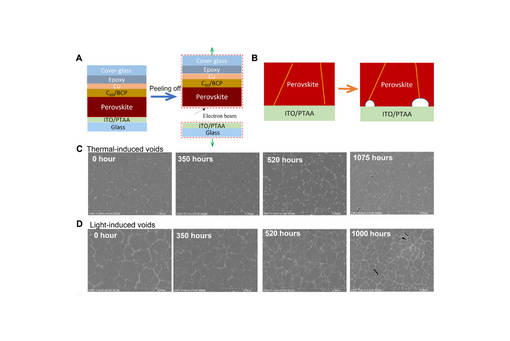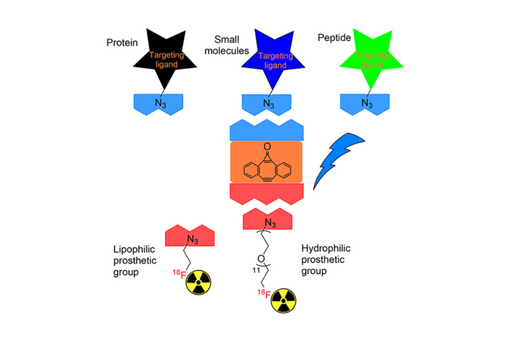Research Archive
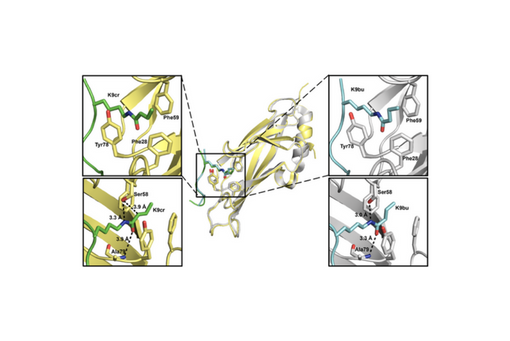
Herein, we evaluate the recognition of a series of amide isosteres by the AF9 YEATS domain using genetic code expansion to evaluate the amide isostere−π interaction.
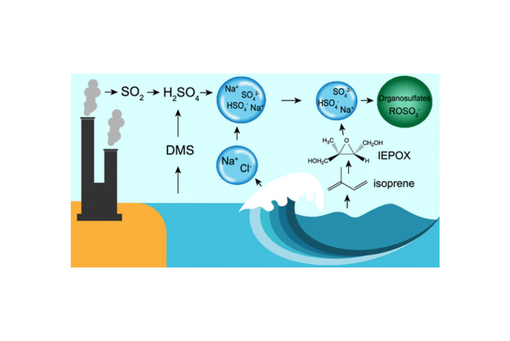
Herein, we demonstrate that substantial SOA, including organosulfates, are formed on acidic sodium sulfate particles (pH = 1.4 ± 0.1) via controlled laboratory experiments.
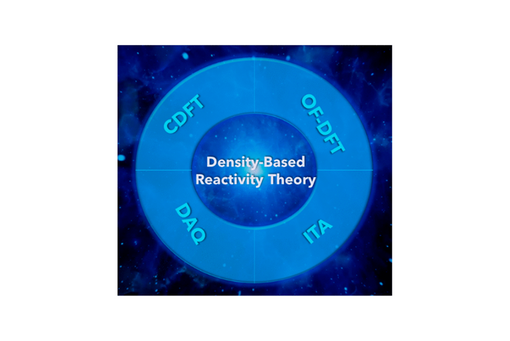
In this Perspective, we at first provide an overview of the four pathways currently available in the literature to tackle the matter, including orbital-free density functional theory, conceptual density functional theory, direct use of density-associated quantities, and the information-theoretic approach. Then, we highlight several recent advances of employing these approaches to realize new understandings for chemical concepts such as covalent bonding, noncovalent interactions, cooperation, frustration, homochirality, chirality hierarchy, electrophilicity, nucleophilicity, regioselectivity, and stereoselectivity.
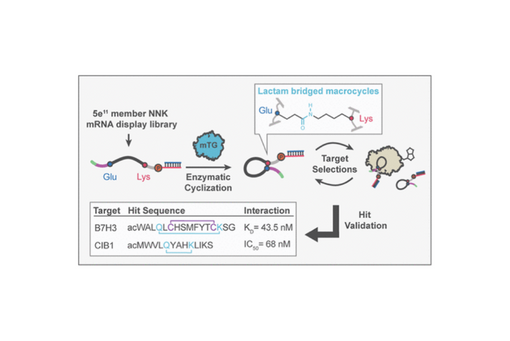
Here, we report the evaluation and implementation of the common industrial enzyme, microbial transglutaminase (mTG), as a versatile biocatalyst for cyclization of mRNA display peptide libraries via lysine-to-glutamine isopeptide bonds.
This work puts forth a strategy for interfacing molecular catalysts to p-type semiconductors and demonstrates state-of-the-art performance for photoelectrochemical CO2 reduction to CO and methanol.
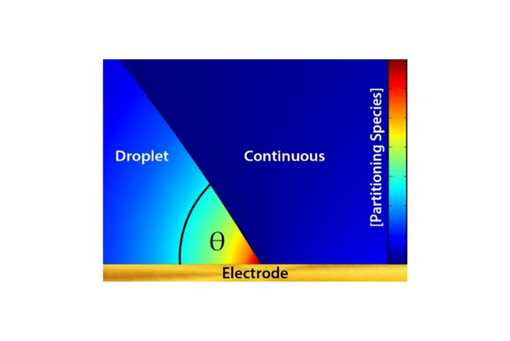
Here, we demonstrate preferential nucleation near the three-phase boundary as a function of its geometry.
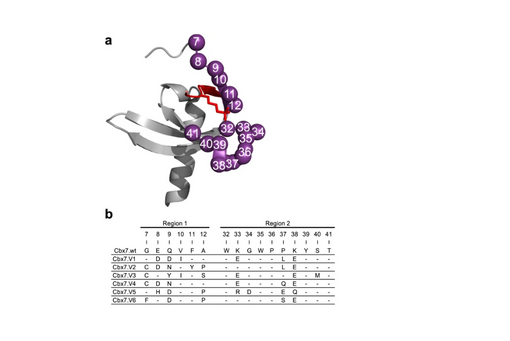
We used phage display to identify key residues that greatly enhance the affinities of Cbx chromodomains for methylated histone marks and develop a general strategy for enhancing the affinity of chromodomains of the human Cbx protein family.
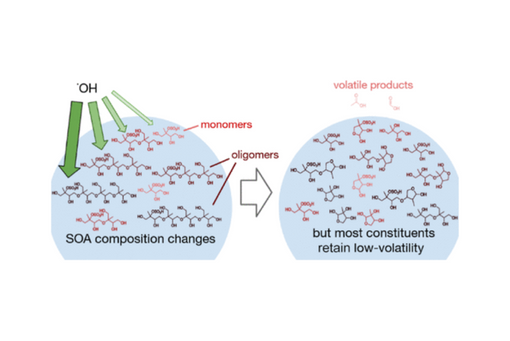
We examined the role of heterogeneous oxidation of freshly generated IEPOX-SOA particles by gas-phase hydroxyl radical (•OH) under dark conditions as one potential atmospheric sink.
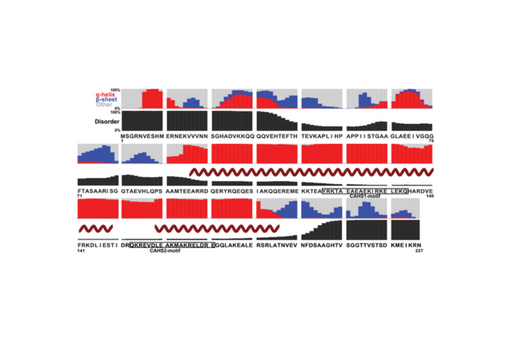
We used attenuated total reflectance Fourier transform infrared spectroscopy, differential scanning calorimetry, and small-amplitude oscillatory shear rheometry to characterize gelation. A 5% (wt/vol) gel has a strength comparable with human skin, and melts cooperatively and reversibly near body temperature with an enthalpy comparable with globular proteins.
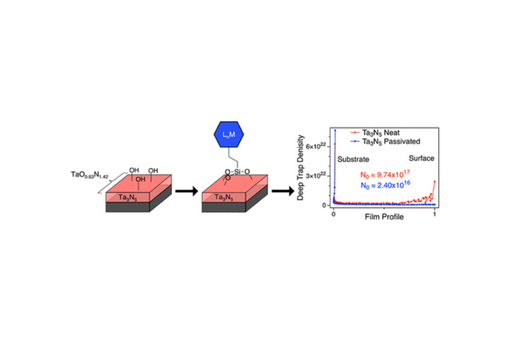
Here, we employ drive-level capacitance profiling (DLCP) to experimentally resolve the spatial and energetic distribution of trap states throughout Ta3N5 thin films.


